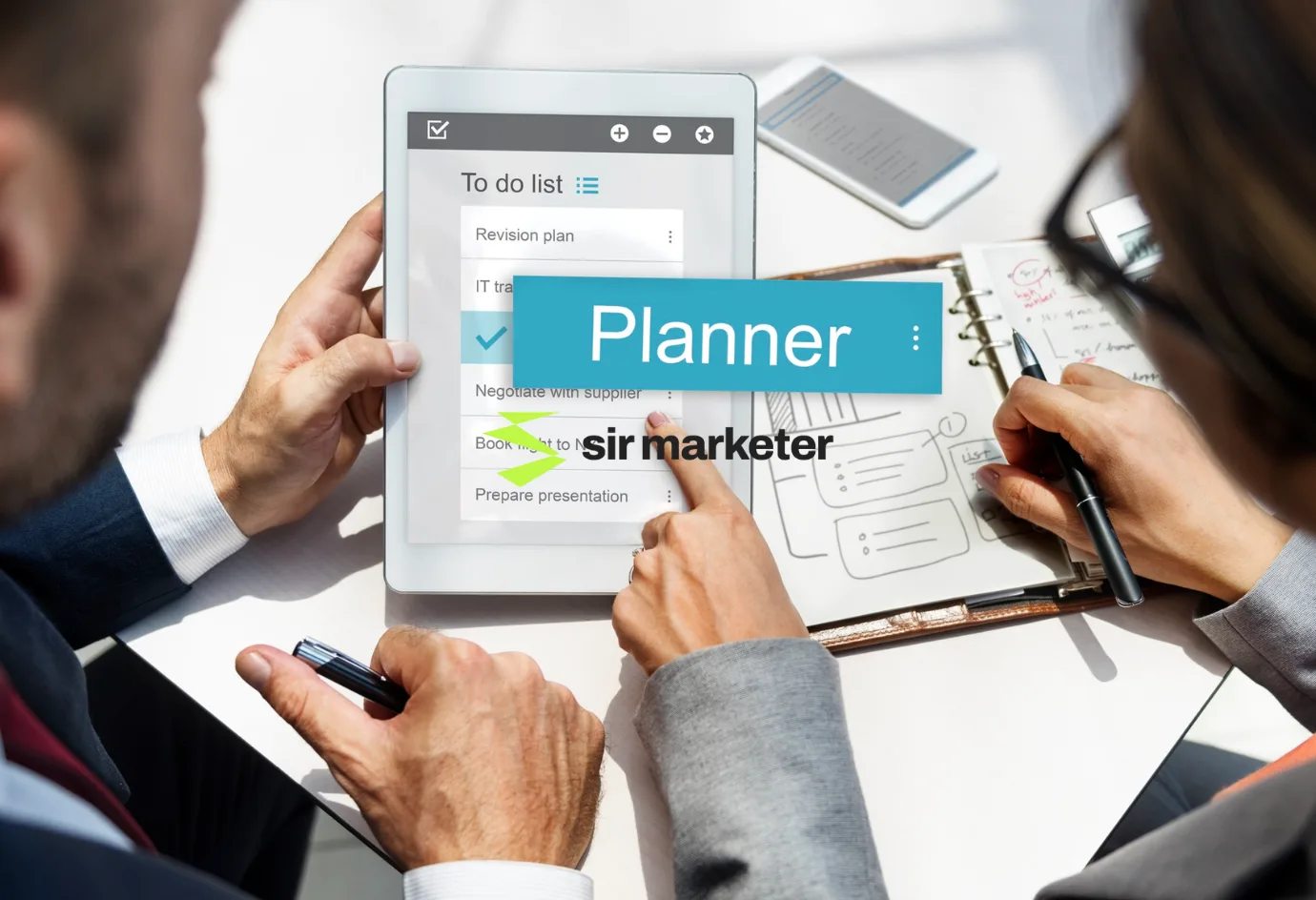

In 2025, digital spaces are no longer optional—they’re essential. From shopping to education, banking to socializing, everything happens online. But imagine visiting a website and not being able to read, click, or interact because of a visual, auditory, cognitive, or motor impairment. That’s the reality for over 1 billion people worldwide who live with some form of disability.
Web accessibility ensures that everyone, regardless of ability, can use, navigate, and interact with websites. It’s not just ethical—it’s a legal, technical, and business necessity.
In this blog, we’ll explore:
What web accessibility means in 2025
Why it’s essential for SEO, UX, and conversions
Key guidelines and laws
20 best practices to design accessible websites
Tools and technologies to help

“Accessibility is not a feature. It’s a foundation.”
– Sir Marketer Team Insight

Web Accessibility refers to the practice of designing and developing websites, tools, and technologies so that people with disabilities can:
People with visual, auditory, mobility, and cognitive disabilities
Temporary limitations (like a broken arm or bright sunlight)
Age-related conditions (like low vision)

Global laws are stricter than ever:
ADA (USA)
Section 508 (Federal Agencies)
European Accessibility Act
WCAG 2.2 and 3.0 standards (Worldwide)
Lawsuits against non-compliant sites are rising. In 2025, accessibility is no longer optional—it’s expected.
Search engines prioritize clean, accessible code.
Alt texts
Semantic HTML
Structured data
These are not just accessibility features—they’re SEO boosters too.
When your site is accessible:
You include people with disabilities
You support multilingual users
You improve mobile UX
You retain older users with age-related limitations
More reach = more conversions.
An accessible website is:
Faster to load
Easier to navigate
More intuitive
This leads to lower bounce rates and higher engagement—metrics Google loves.
When brands care about accessibility, they signal:
Inclusivity
Empathy
Responsibility
This builds emotional connection and long-term loyalty.

Web Content Accessibility Guidelines (WCAG) remain the gold standard.
Four Core Principles (POUR):
Principle | Description |
|---|---|
| Perceivable | Information must be presented in ways users can perceive |
| Operable | Users must be able to navigate the site |
| Understandable | Content and operation must be clear |
| Robust | Content must work with assistive tech (screen readers, etc.) |

1. Use Semantic HTML
Correct use of <header>, <nav>, <main>, <footer>, <article>, and <section> helps screen readers understand structure.
2. Provide Alt Text for All Images
Every meaningful image should have an accurate and descriptive alt tag.
Example:<img src="team-photo.jpg" alt="The Sir Marketer team celebrating launch day.">
3. Ensure Keyboard Accessibility
Users must be able to navigate the entire site using only the keyboard (tab, arrows, enter).
4. Use Descriptive Links
Avoid “Click here.” Use links that describe the purpose:
“Download our Accessibility Checklist (PDF)”
5. Use Sufficient Color Contrast
Minimum contrast ratio should be 4.5:1 for normal text and 3:1 for large text.
Tool: WebAIM Contrast Checker
6. Avoid Relying on Color Alone
Use icons, labels, or patterns along with colors for distinctions.
7. Include ARIA Labels Where Needed
Use ARIA attributes to define elements and states for screen readers.
8. Add Captions and Transcripts to Multimedia
Videos must include:
Captions
Audio descriptions
Transcripts
9. Create Responsive Layouts
Accessibility = mobile-first. Ensure buttons, text, and layouts adjust seamlessly.
10. Design Focus States
Help users track navigation with visible focus indicators like outlines or color highlights.
11. Allow Font Resizing
Let users increase font size up to 200% without breaking layout.
12. Reduce Motion
Avoid auto-playing animations or provide a “reduce motion” toggle.
13. Avoid Time Limits (or Allow Extensions)
Let users extend sessions—critical for those with cognitive or motor disabilities.
14. Use Clear and Simple Language
Especially for critical actions like form submissions or payments.
Instead of:
“Initiate transaction authorization”
Try:
“Confirm your payment”
15. Make Forms Accessible
Label every field clearly
Use aria-describedby for help text
Highlight errors in multiple ways
16. Structure Content with Headings
Use heading tags logically: <h1> for title, <h2> for sections, etc.
17. Offer Skip Navigation Links
This helps keyboard users skip repetitive content.
Example:
<a href="#main-content" class="skip-link">Skip to main content</a>
18. Use Accessible Fonts
Avoid cursive or overly stylized fonts. Stick with:
Arial
Verdana
Open Sans
Roboto
19. Test With Real Users and Screen Readers
Involve users with disabilities in your testing process.
Tools: NVDA, JAWS, VoiceOver
20. Audit Accessibility Regularly
Use both automated and manual testing.
Top tools:
WAVE by WebAIM
Axe by Deque
Lighthouse (Chrome DevTools)

Tool | Use |
|---|---|
| WAVE | Accessibility checks and error reporting |
| Axe DevTools | Chrome extension for audits |
| UserWay | AI accessibility widget |
| NVDA/JAWS | Screen readers for testing |
| AccessiBe | Paid compliance solution |
| Google Lighthouse | Core Web Vitals + accessibility tests |



At Sir Marketer, we believe web design should include everyone. That’s why we follow the latest WCAG 2.2 standards, design with accessible contrast and fonts, test for keyboard navigation, and build custom solutions for businesses aiming to be ADA-compliant.
In 2025, web accessibility isn’t a luxury—it’s a moral obligation, legal requirement, and competitive advantage. By designing for everyone, you:
Let’s create a web that works for everyone—because inclusion is innovation.
Our team will answer all your questions. we ensure a quick response.